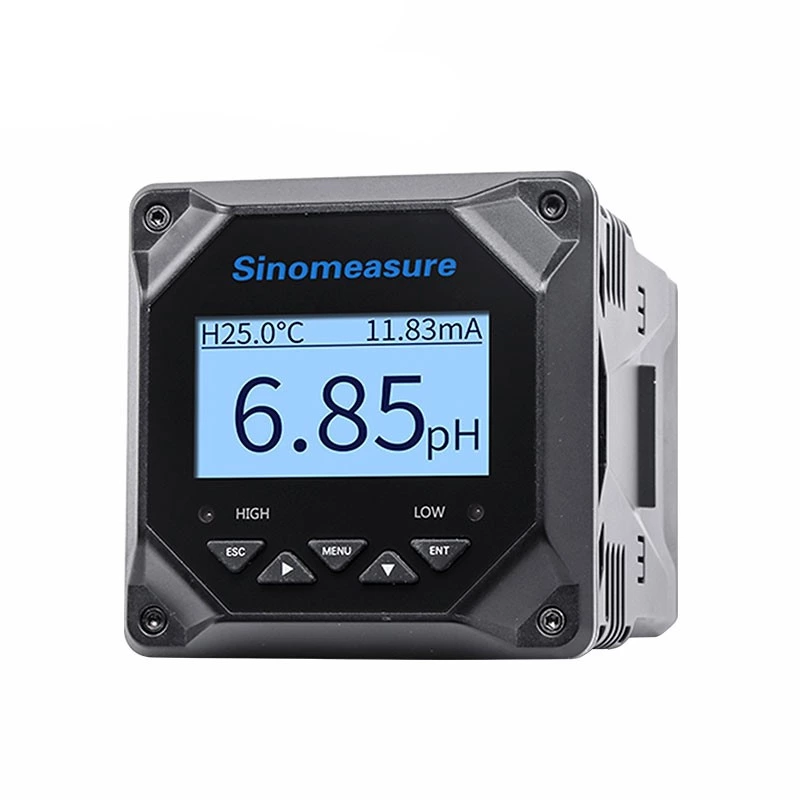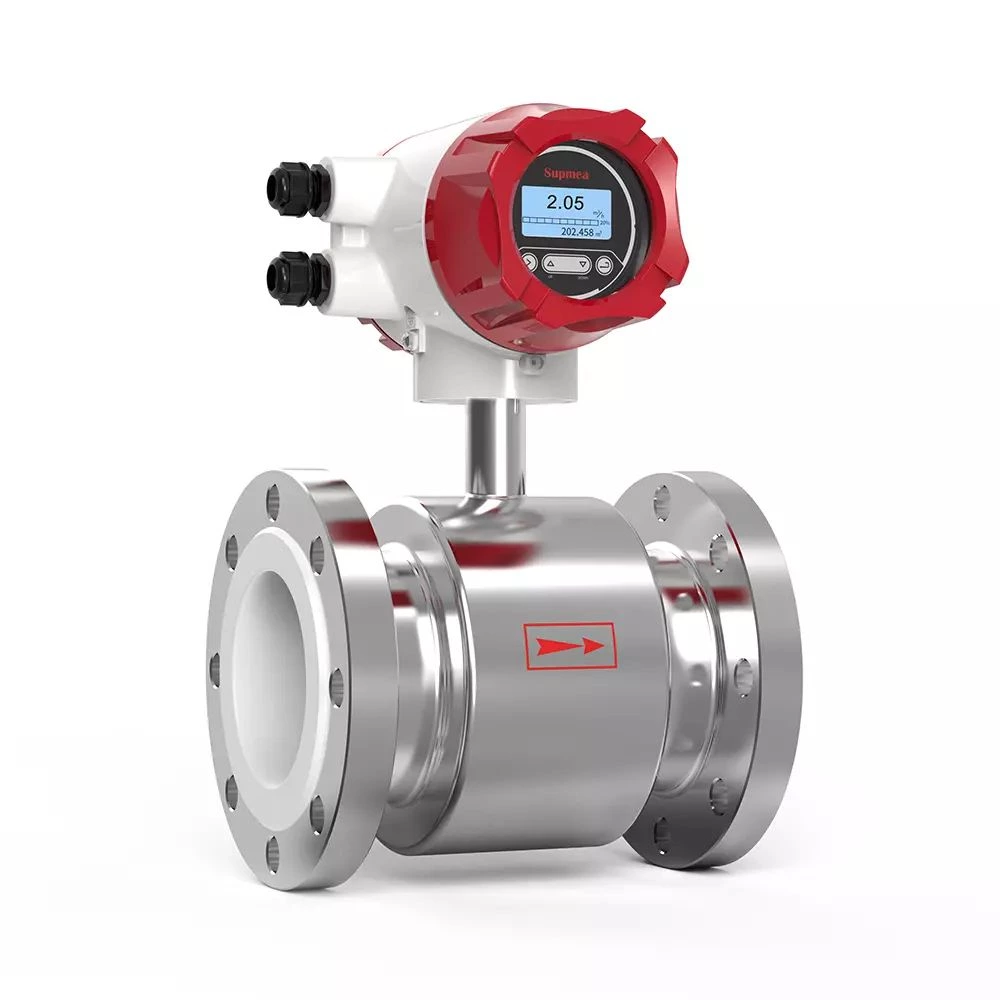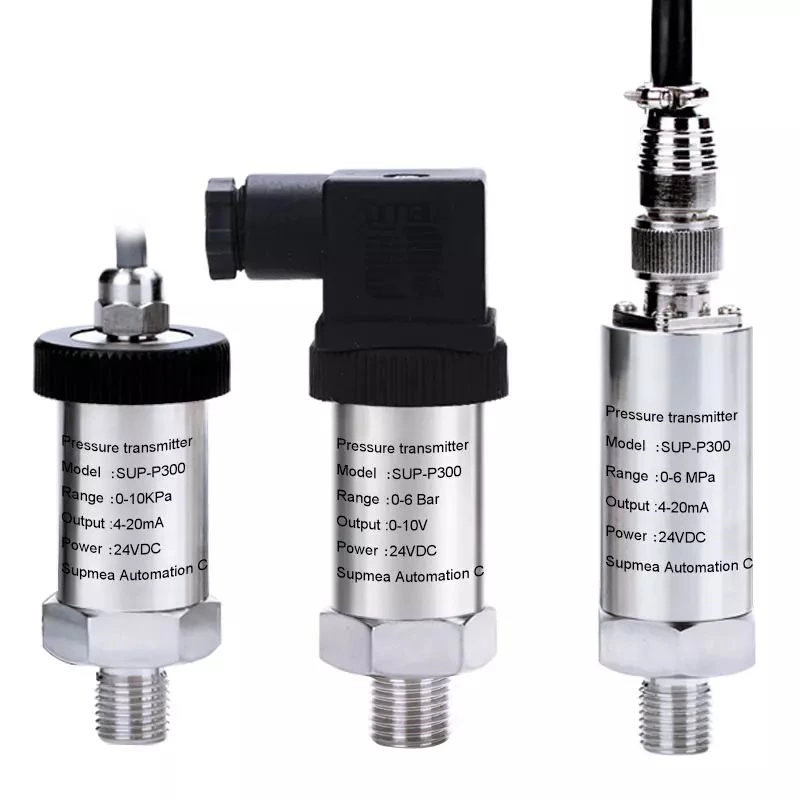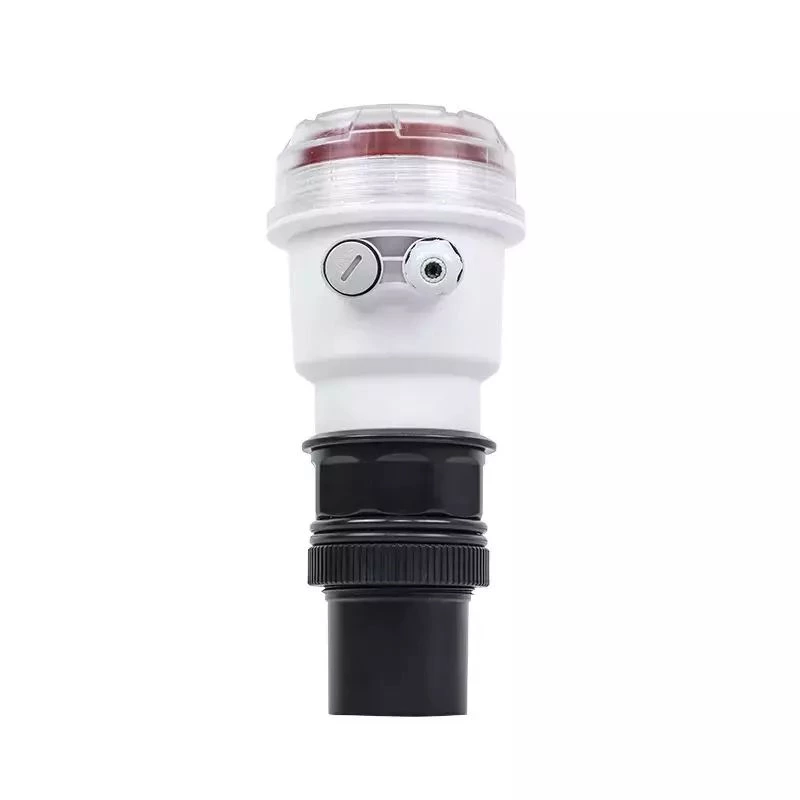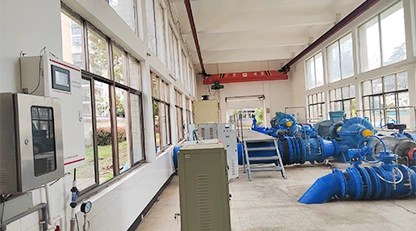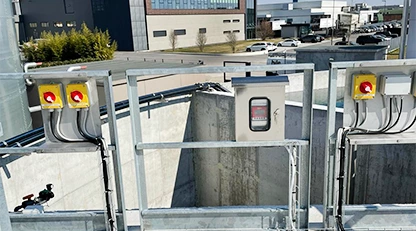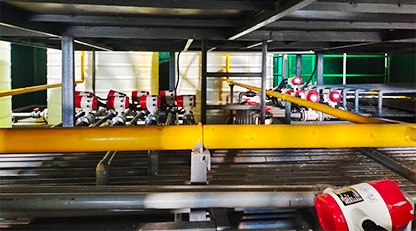Which pulp and paper processes require level meters?
Several pulp and paper processes require level meters, including:
- Chemical recovery process: Level meters are used to monitor the liquor level in tanks, such as the green liquor tank, white liquor tank, and black liquor tank.
- Papermaking process: Level meters are used to monitor the pulp levels in the pulpers, storage tanks, and paper machine headboxes.
- Stock preparation process: Level meters are used to monitor the stock levels in the stock chests and tanks.
- Coating process: Level meters are used to monitor the coating liquid levels in the coaters.
- Bleaching process: Level meters are used to monitor the bleach chemical levels in the bleach towers.
- De-inking process: Level meters are used to monitor the pulp stock levels in the flotation cells and tanks.
In summary, level meters are used in various processes throughout the pulp and paper industry to ensure accurate and reliable level measurement, which is essential for maintaining the quality of the final product and the efficiency of the processes.
Wood chip silo
Wood chip silos are commonly used in the pulp and paper industry for storing wood chips before they are processed into pulp. Accurate level measurement in wood chip silos is critical to ensure that the silos are neither underfilled nor overfilled.
The level measurement solution for wood chip silos typically uses a non-contact level measurement technology such as ultrasonic or radar level sensors. The sensor is installed at the top of the silo and sends a signal that bounces off the surface of the wood chips and returns to the sensor. The sensor then calculates the distance to the wood chips and provides a level measurement.
The sensor is connected to a control system that can monitor the level in real-time and can be programmed to trigger alarms or shut down the filling process when the level reaches a predetermined threshold. Additionally, the control system can be connected to the plant's process control system to provide information on the level of wood chips in the silo, which can be used to optimize production and ensure a steady supply of wood chips for the pulp manufacturing process.
Other process data that may be useful to monitor include the temperature and humidity in the silo, which can affect the quality of the wood chips and may require adjustments to the drying process before the chips are processed into pulp. By combining level measurement with other process data, wood chip silos can be monitored and controlled more effectively, ensuring a more efficient and reliable pulp manufacturing process.
Digester
In the pulp and paper industry, a digester is a vessel used for the production of wood pulp through the process of cooking wood chips with chemicals under high pressure and temperature. Level measurement in a digester is essential for maintaining the correct cooking process and avoiding overfilling or underfilling the vessel.
To measure the level in a digester, different types of level sensors can be used, such as guided wave radar, capacitance, or ultrasonic. The sensor is installed on the top of the digester and measures the distance to the liquid level in the vessel.
The process data for level measurement in a digester may include the vessel's dimensions, temperature, pressure, and the chemical mixture used for cooking the wood chips. The level sensor sends a signal to the control system, which calculates the level of the liquid in the digester based on the measured distance and the vessel's dimensions.
The control system then adjusts the feed rate of wood chips and chemicals into the digester to maintain the desired level and cooking conditions. Accurate level measurement is crucial for maintaining the correct cooking process, preventing overflow or underflow, and ensuring efficient use of materials and energy.
Deaerator
In a power plant, a deaerator is a device used to remove dissolved gases (such as oxygen and carbon dioxide) from the feedwater in order to prevent corrosion in the boiler system.
For level measurement in a deaerator, a reliable and accurate measurement is necessary to ensure the proper functioning of the deaeration process. Typically, a differential pressure transmitter is used to measure the level of the feedwater in the deaerator tank. The differential pressure transmitter measures the pressure difference between the top of the tank and the bottom of the tank, and converts it into a level measurement.
In addition to level measurement, temperature measurement is also important in a deaerator, as the temperature affects the solubility of gases in the feedwater. A temperature transmitter can be used to measure the temperature of the feedwater entering the deaerator and the temperature of the steam leaving the deaerator.
By continuously monitoring the level and temperature in the deaerator, the control system can adjust the feedwater flow rate and the steam flow rate to maintain the proper water level and temperature in the deaerator. This ensures that the dissolved gases are removed from the feedwater and that the boiler system is protected from corrosion.
Water separator
In the pulp and paper manufacturing process, a water separator is used to remove excess water from the pulp before it is sent to the paper machine. The water separator is typically a tank or vessel with a specific level that must be maintained for efficient operation.
To measure the level in the water separator, various level measurement technologies can be used such as radar, ultrasonic, or guided wave radar. The level measurement device is installed on the top of the tank and emits a signal that travels down to the surface of the liquid and reflects back to the sensor. The device then calculates the level based on the time it took for the signal to return.
The level measurement data is then transmitted to a control system, which can adjust the flow of pulp to maintain the desired level. By maintaining the correct level, the water separator can efficiently remove excess water and improve the quality of the pulp, which ultimately leads to better paper production.
Accurate level measurement in the water separator is critical for efficient operation and preventing overflow or underflow conditions that can impact the pulp production process. Additionally, level measurement data can be used to optimize the water separator's performance and improve the overall efficiency of the pulp and paper manufacturing process.
Batching tank for coatings
In the coatings manufacturing process, batching tanks are used to mix different raw materials and create a consistent product. Accurate level measurement is critical for maintaining proper ratios of ingredients and ensuring consistent quality.
One common level measurement solution for batching tanks is a guided wave radar (GWR) level transmitter. GWR technology sends a microwave signal down a probe, which reflects off the surface of the liquid and returns to the transmitter. The time it takes for the signal to return indicates the level of the liquid in the tank.
GWR level transmitters are well-suited for use in batching tanks because they can handle a wide range of process conditions, including high temperatures and pressures. They are also very accurate, even in applications with foam or buildup on the liquid surface.
In addition to measuring the level of liquid in the tank, GWR transmitters can also provide information on the interface between two liquids, such as the level of a water layer on top of an oil layer. This can be useful in coatings manufacturing where water-based and oil-based ingredients are often mixed.
GWR level transmitters are a reliable and accurate solution for level measurement in batching tanks used in the coatings manufacturing process.
What is the best level measurement solution for pulp and paper manufacturing process?
The best level measurement solution for pulp and paper manufacturing processes depends on the specific application and the type of material being measured. However, some commonly used level measurement solutions in the pulp and paper industry include:
Guided wave radar (GWR) level transmitters: GWR technology provides an accurate and reliable level measurement for a variety of applications in the pulp and paper industry, including liquid chemicals, black liquor, and wood chip slurries. The guided wave radar technology can also handle difficult process conditions such as high temperatures, pressures, and steam.
Ultrasonic level transmitters: Ultrasonic level transmitters are commonly used for non-contact level measurement of liquids, slurries, and solids in tanks and vessels. They are particularly useful in pulp and paper manufacturing processes where materials are prone to foam, vapor, or dust.
Differential pressure (DP) level transmitters: DP level transmitters are commonly used for the level measurement of liquids and slurries in tanks and vessels. They work by measuring the pressure difference between the liquid level and a reference point, such as the top of the vessel. DP-level transmitters can handle high process temperatures and pressures, making them suitable for applications in the pulp and paper industry.
Capacitance level transmitters: Capacitance level transmitters are used for the level measurement of liquids, powders, and granules in tanks and vessels. They work by measuring the changes in capacitance as the level of the material changes. Capacitance level transmitters are particularly useful in applications where the material being measured is non-conductive or has a low dielectric constant.
All things considered, the best level measurement solution for pulp and paper manufacturing processes depends on the specific application and the type of material being measured. It is important to consider factors such as process conditions, material properties, and accuracy requirements when selecting a level measurement technology.

